PTFE (Polytetrafluoroethylene) is a high-performance polymer widely used in bushings for various industrial applications. Known for its exceptional chemical resistance, low friction, and high-temperature stability, PTFE is ideal for producing bushings that require durability and reliability in demanding environments.
1. Key Properties of PTFE
- Low Friction: PTFE has one of the lowest coefficients of friction of any material, making it ideal for bushings that need to minimize wear and tear.
- Chemical Resistance: PTFE is highly resistant to chemicals, acids, and solvents, which makes it suitable for use in harsh environments where other materials might degrade.
- High Temperature Resistance: PTFE can withstand temperatures ranging from -200°C to +260°C, making it ideal for high-temperature applications.
- Non-Stick Surface: Due to its unique molecular structure, PTFE offers a non-stick surface, reducing friction and enhancing performance in mechanical systems.
2. Applications of PTFE Bushings
- Automotive: PTFE bushings are used in automotive components like suspension systems, steering parts, and bearings to reduce friction and enhance longevity.
- Aerospace: PTFE bushings are used in high-stress components within aircraft, such as landing gear and control surfaces, where low friction and high durability are essential.
- Manufacturing: PTFE bushings are often used in conveyors, machines, and industrial equipment to ensure smooth motion and reduce wear on moving parts.
3. Advantages of PTFE Bushings
- Extended Service Life: PTFE bushings last longer due to their resistance to friction and wear.
- Reduced Maintenance: The low friction characteristics reduce the need for frequent lubrication and maintenance.
- Improved Efficiency: PTFE’s low friction and smooth surface ensure that machinery runs more efficiently and with less energy consumption.
PTFE bushings are crucial in industries where high performance, reliability, and longevity are required for mechanical systems.
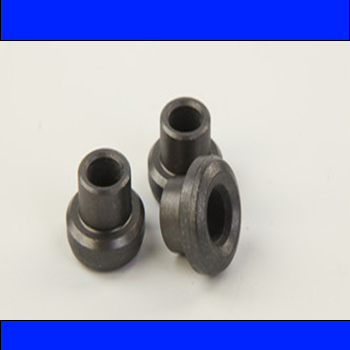
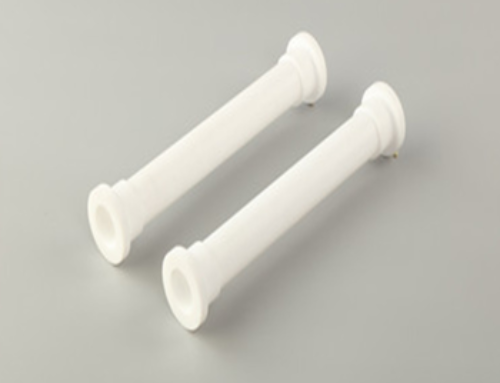
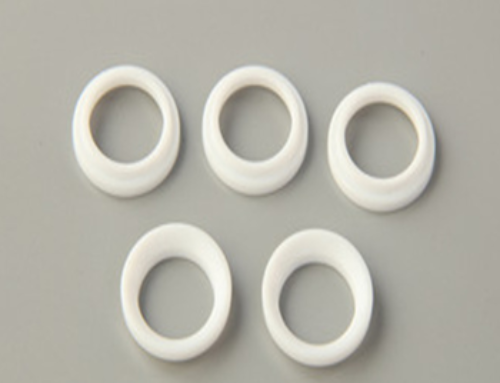
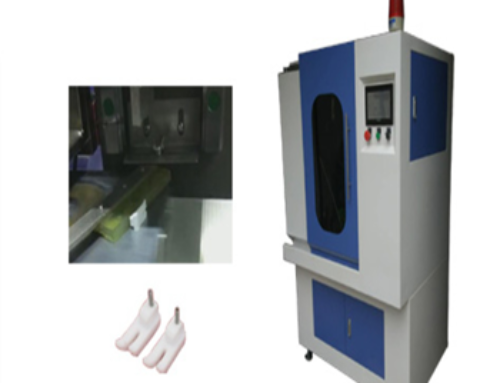
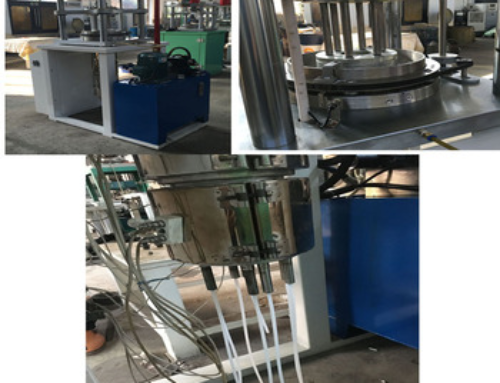
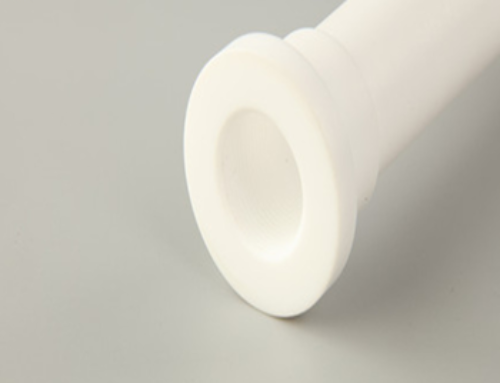

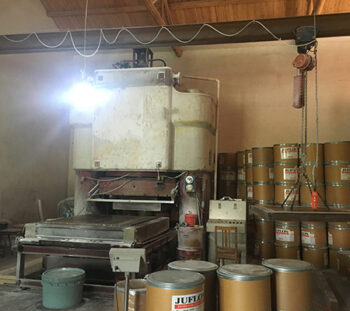
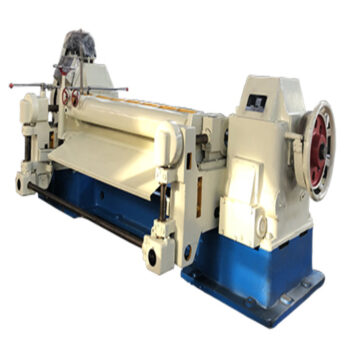
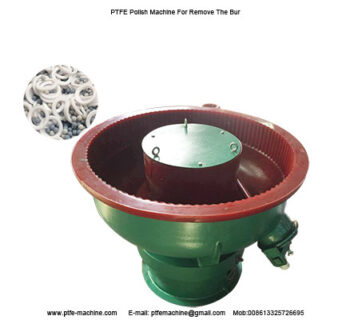
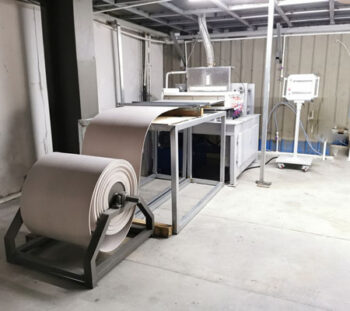
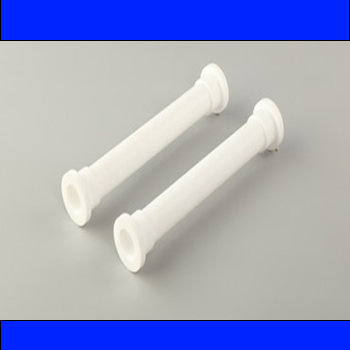

Leave A Comment
You must be logged in to post a comment.